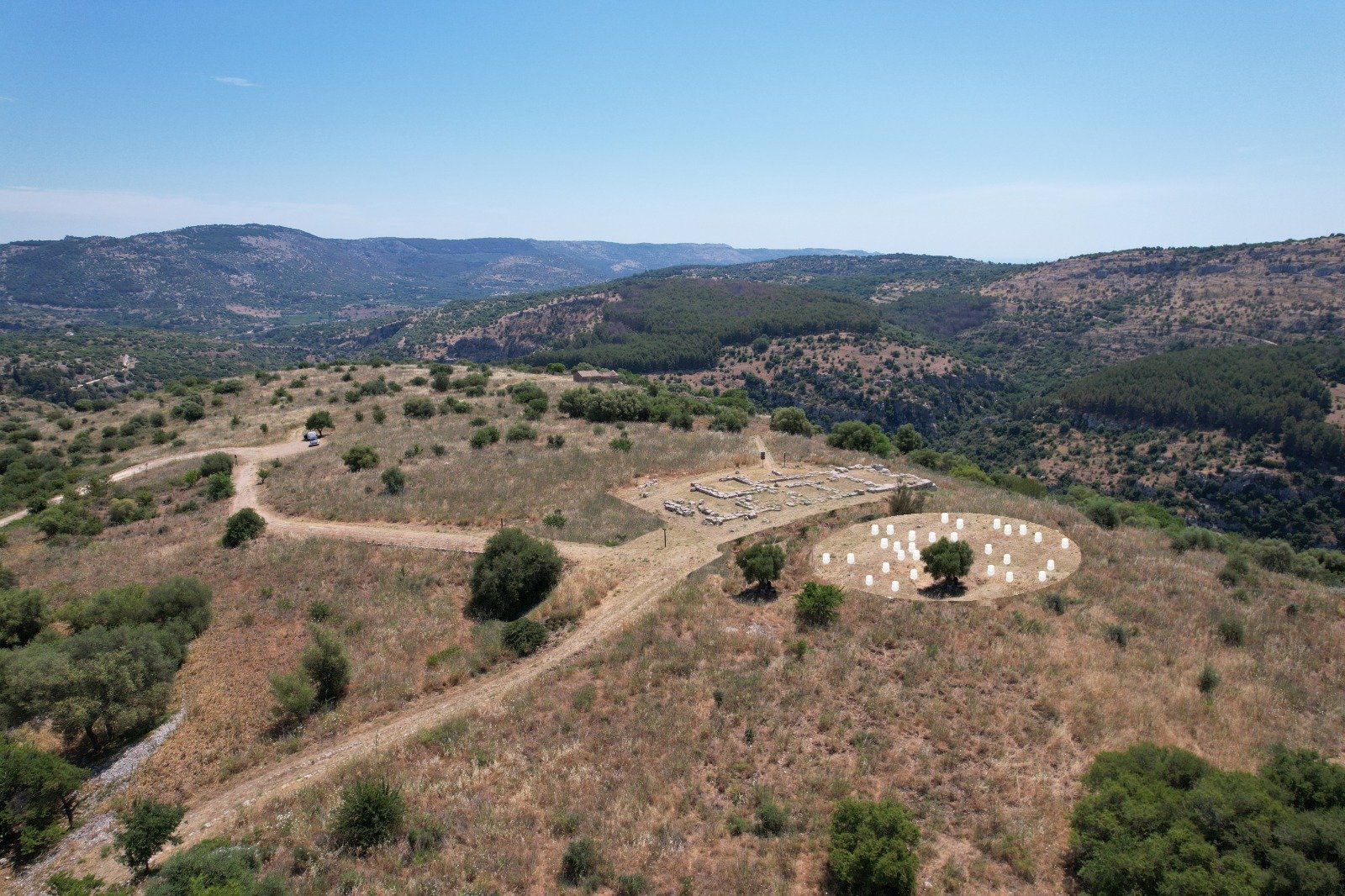















Siracusa and Pantalica
Syracuse and the necropolis of Pantalica have been included in the Unesco world heritage list since 2005
From the discovery of a megalithic construction, the Anaktoron, it has been hypothesized that Pantalica was an indigenous state expression of the Sicilian civilization prior to the Greek colonization
With the growing influence of Syracuse, the settlement and necropolis of Pantalica were abandoned.
The two sites are virtually connected by the waterway of the Anapo River and by the still functioning Galermi Aqueduct from the Greek era
The presence of an abundance of water in the area was the reason for the settlement of the Sicilian community first and then for the foundation of the Greek city
The water and springs of the Anapo River are the unifying element of the two cultures: the prehistoric sicilian culture and the greek culture from the foundation of syracuse
A new pedestrian tourist route along the Galermi Aqueduct and a vehicular route along the existing streets, with intermediate stops at dionysian walls and the eurialo fortress will finally unites the archaeological sites of Syracuse and Pantalica
The Anaktoron of Pantalica
It is a megalithic building with polygonal blocks from the 12th/11th century B.C. discovered by the archaeologist Paolo Orsi in 1889
The construction techniques are similar to the Mycenaean ones and the possibility of exchanges between the two cultures is assumed
The building is the most important and impressive Protohistoric construction in Sicily
A discreet and respectful installation of stone seats, will allow the use of the space for small concerts and venues during sunset, sunrise and night

